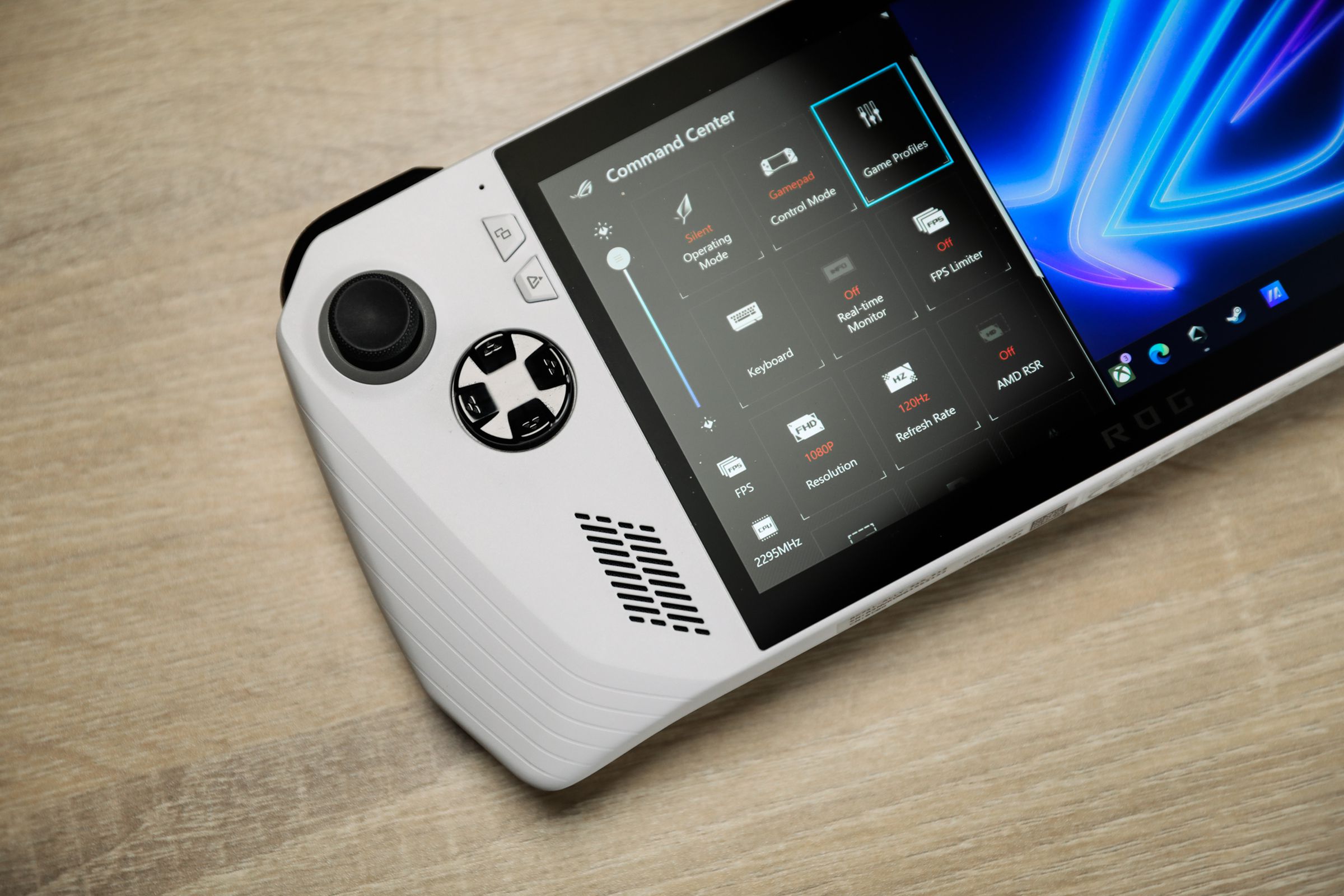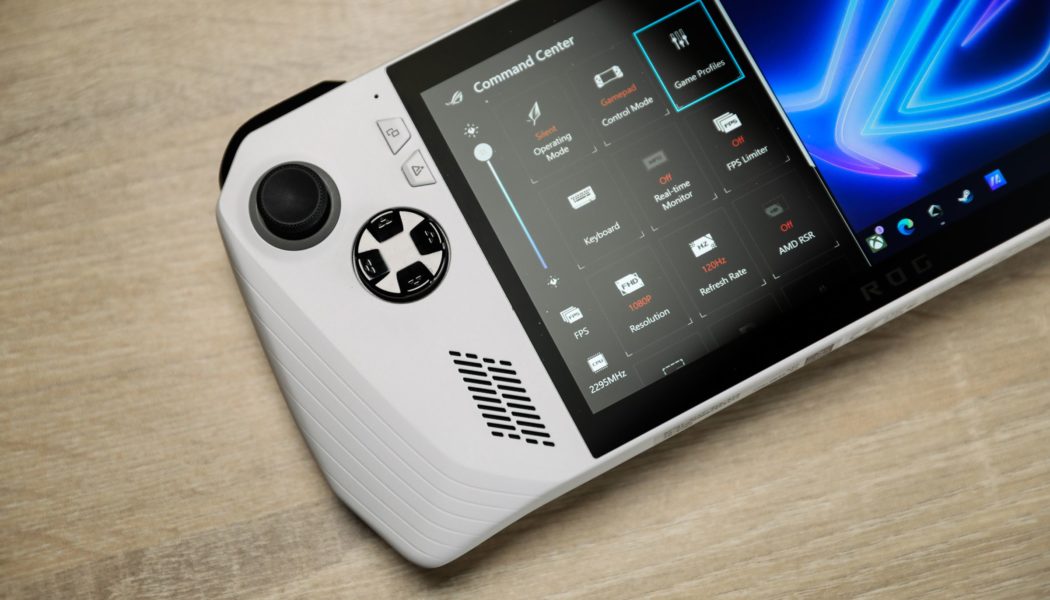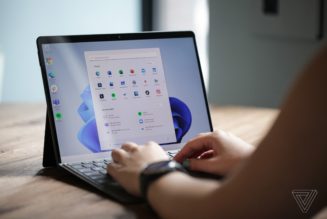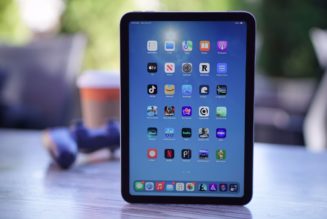At a launch event for the ROG Ally, Xbox hardware engineering Roanne Sones said the gaming handheld is pushing Microsoft’s work on Windows.

During a launch event for the Asus ROG Ally handheld gaming PC, Roanne Sones, the head of Xbox devices, discussed how the device is “making us think differently about the experiences” for gaming on Windows PCs.
Specifically, she called out how today’s consoles let you quickly resume a game and said the ROG Ally pushes Microsoft to think about that for PCs as well: “How do we think about integrating this into the Windows platform?” Another focus is on making it easy to immediately pick up where you left off, moving from gaming on a PC to a session that’s ready to go on this kind of handheld.
Sones has made similar comments before, as my colleague Tom Warren points out. During another ROG Ally event in April, she discussed working with publishers on the “experience layer” required for these features.
In the review we published today for the ROG Ally, we loved the performance and screen but found that Windows still causes some issues squeezed into such a small device. A renewed focus from Microsoft on bringing quality-of-life features from the console to Windows could be part of turning that around, although it’s unclear if the discussions are focusing on individual games or changes made at the operating system layer.
Microsoft recently experimented with a Windows gaming handheld mode, but it was just part of an employee hackathon, and Asus ROG Ally technical marketing director Sascha Krohn tells us that his Microsoft contact wouldn’t explicitly confirm that such a handheld mode will come out. In the meanwhile, Asus is finding itself having to code additional gaming features into its own app, like ways to invoke the Xbox button, limit the maximum charge of a battery, and support rapid-fire buttons.
UI isn’t the only issue with Windows gaming handhelds. Another example that didn’t quite make it into our Ally review: Windows portables go into an internet-connected “Modern Standby” mode when you press the power button, theoretically letting you download games and quickly resume an in-progress game while the system’s saving battery.
In practice, downloads didn’t continue, and we lost more battery than if we’d simply put the Ally into hibernate mode — but setting the power button to hibernate means you can accidentally put the system into a deep sleep when you’re simply trying to wake the screen. (None of the Ally’s other controls wake it, as none are recognized by Windows until the system is awake.)
Closing these gaps at the operating system layer could let Windows gaming devices like the Ally more easily take their massive gaming libraries on the go — as of today, Valve’s Steam Deck feels better tuned for a handheld device despite its limitations.









